WITH all the hype surrounding Storm Emma, horse owners would be forgiven for starting to panic about how their horses will cope with the inevitable bout of cold weather. The good news is that healthy adult horses can cope readily with dry, cold weather and temperatures as low as -15° Celsius, provided they have access to food, water and shelter.
In fact, most horses will cope an awful lot better than the humans trying to look after them!
The process of fibre digestion by the microbes in the horse’s large intestine release heat as well as energy and nutrients from the food. In temperatures below freezing the horse will need to increase its daily fibre intake (in the form of good quality hay, haylage or alfalfa) by 10-15% to meet this demand.
For a 500kg horse, that would normally eat about 13kg of hay daily, you’d expect their intake to increase by 1.3Kg to 2kg per day, so up to 15kg of hay/day.
Keep any eye on elderly horses as they may struggle in the cold, especially if they have dental problems and are finding it hard to eat enough extra hay.
If you can’t supply more hay, additional concentrates can also be given but they’re not quite as effective at releasing heat as the digestion of high fibre forage.
In our recent foaling feature, Veterinary Nutritionist at TopSpec, Sarah Stoneham highlighted that as the mare gets closer to foaling the uterus rapidly expands leaving less room in her abdomen for the digestive tract and that this is likely to reduce her appetite.
Horse owners should not worry if a mare who is due to foal has a reduced appetite as a mare can cope for up to 72 hours with very little to eat.
It is best to feed the mare small, nutrient-dense feeds, no more than 2kg per meal whilst also ensuring the mare has access to ad-lib good quality forage.

This is where most of the work for owners tends to arise, you need to keep water troughs free of ice so that the horses can drink.
Once you’ve broken the ice add a bucket of hot water. Horses may be reluctant to drink freezing water. A reduced water intake in combination with more hay than normal increases the risk of impactions and colic.
Leaving a football floating in the water can help avoid it freezing over completely.
Antifreeze is toxic to animals – avoid!

Most horses will be happy outdoors as long as they are dry and out of the wind. Treat mares and foals as you would normally – a short period of daily turnout is ok for very young foals as long as they can get out of the wind and are dry.
Stabled horses should have a nice deep bed to protect them from draughts. Applying stable bandages to will help keep fully clipped horses warm and will also help with the horse's circulation. Click here for a step-by-step guide on how to apply stable bandages.
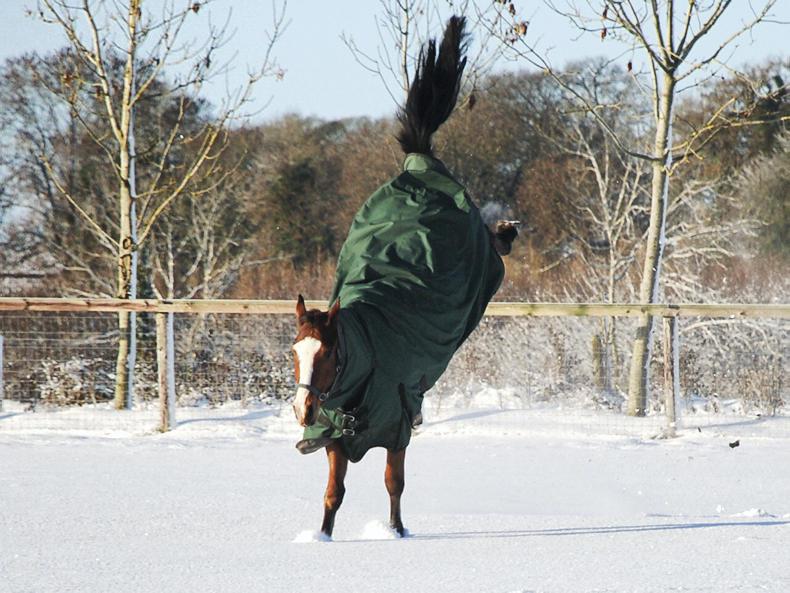
If putting (extra) rugs on make sure the horse’s coat is dry first. Avoid turning horses out in very exposed fields where they will have no shelter from the wind.
A field shelter is ideal provided there is room for all the animals. Thick hedges, trees and walls/banks are also suitable.
Keep a close eye on the animals and bring in any who are shivering, or hanging around at the gate looking to come in. Most of them will be quite happy and cope very well.
Avoid turning horses out in fields with open water sources such as ponds, or drains/ditches. The horse may fall in if they can't see the area because it is frozen and covered in a layer of snow . A horse could rapidly get hypothermic if they’re trapped in freezing water.
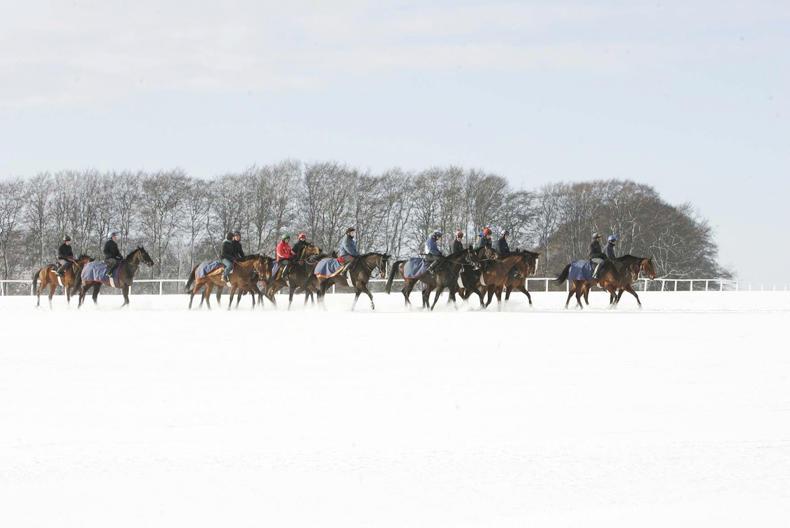
All weather surfaces are invaluable. Try and keep yards free of ice and slush to avoid slips and falls. Oiling your horses feet before they go out for exercise will help prevent snow and ice from getting trapped in the hoof. Bring a hoof pick with you so that if snow and ice starts to build up in the horse’s feet you can remove it.
Sand or salt can reduce slips but be careful with salt if you keep dogs as it may irritate their paws.
Putting knee boots on your horse are a good option to avoid injury if the horses slips and comes down on its knees. Warm the bit in your hands before putting it in the horse's mouth and make sure to cool down and dry horses off thoroughly after work.
Lastly, don't ignore a horse who is shivering. If they are wet or it is very windy, bring them into a shelter and dry them. It's no harm to have a thermometer in your first aid kit so that you can check your horses temperature.
As a rule of thumb 37.2C to 38C is normal for an adult horse and foals would be about half a degree higher typically, so anything less than 37C along with shivering or other signs of cold would be indicative of possible hypothermia.
Farmers are advised to keep in touch with their Teagasc adviser, their Veterinary Practitioner, or to contact the Department of Agriculture, Food and the Marine Animal Welfare Helpline:
Call Save: 0761 064408
Or direct line 01 6072379.
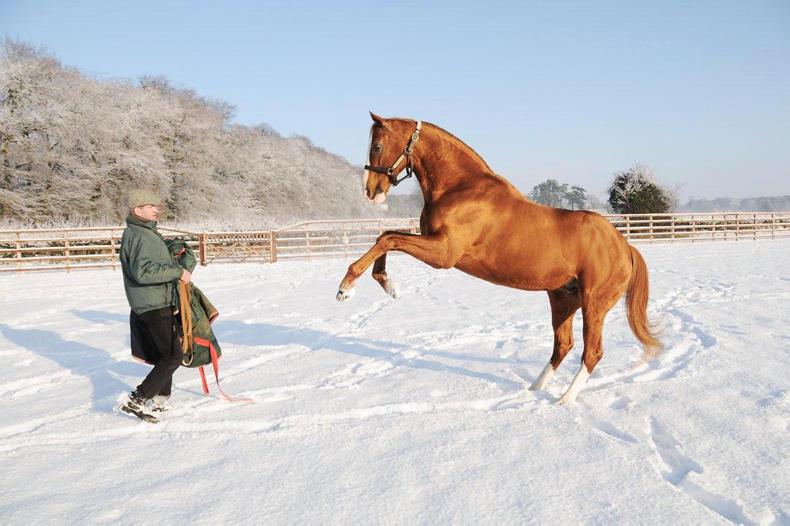

 This is a subscriber-only article
This is a subscriber-only article
 It looks like you're browsing in private mode
It looks like you're browsing in private mode




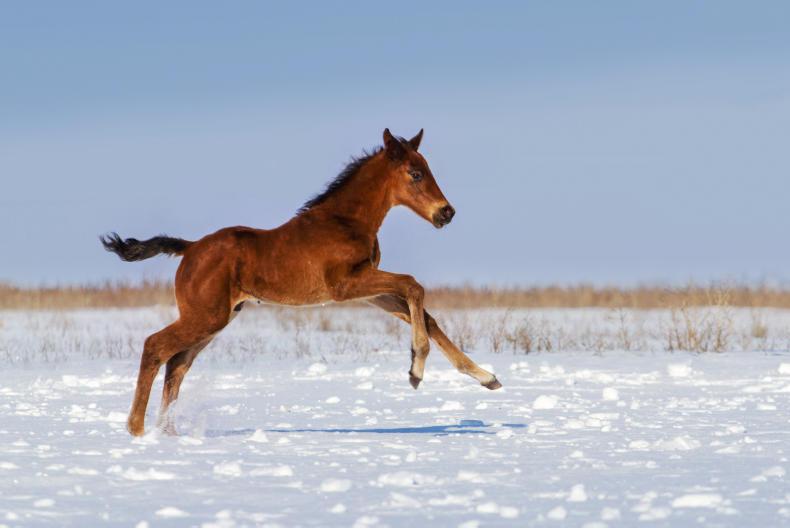
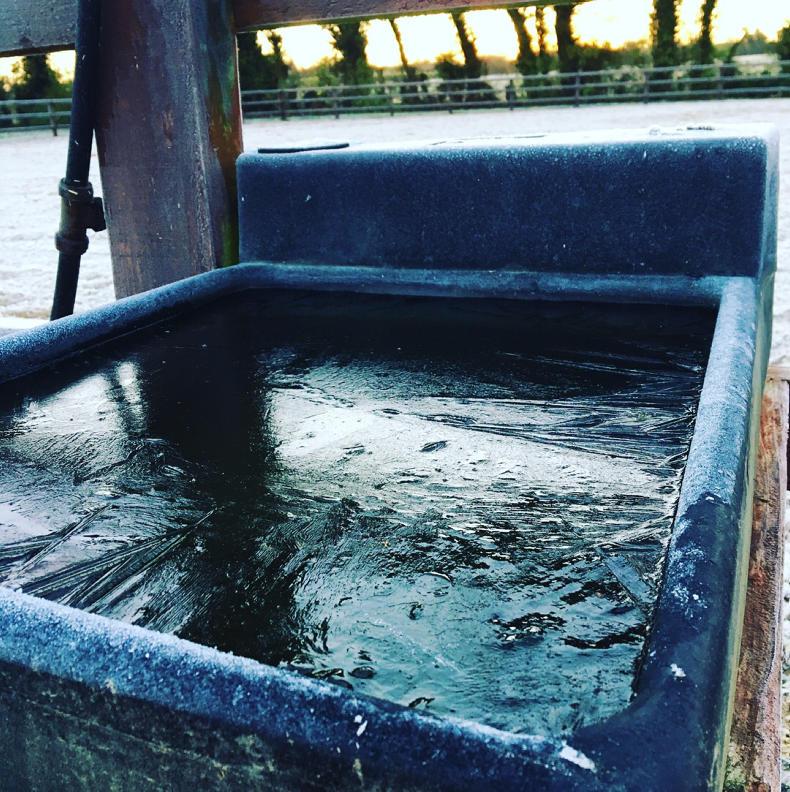
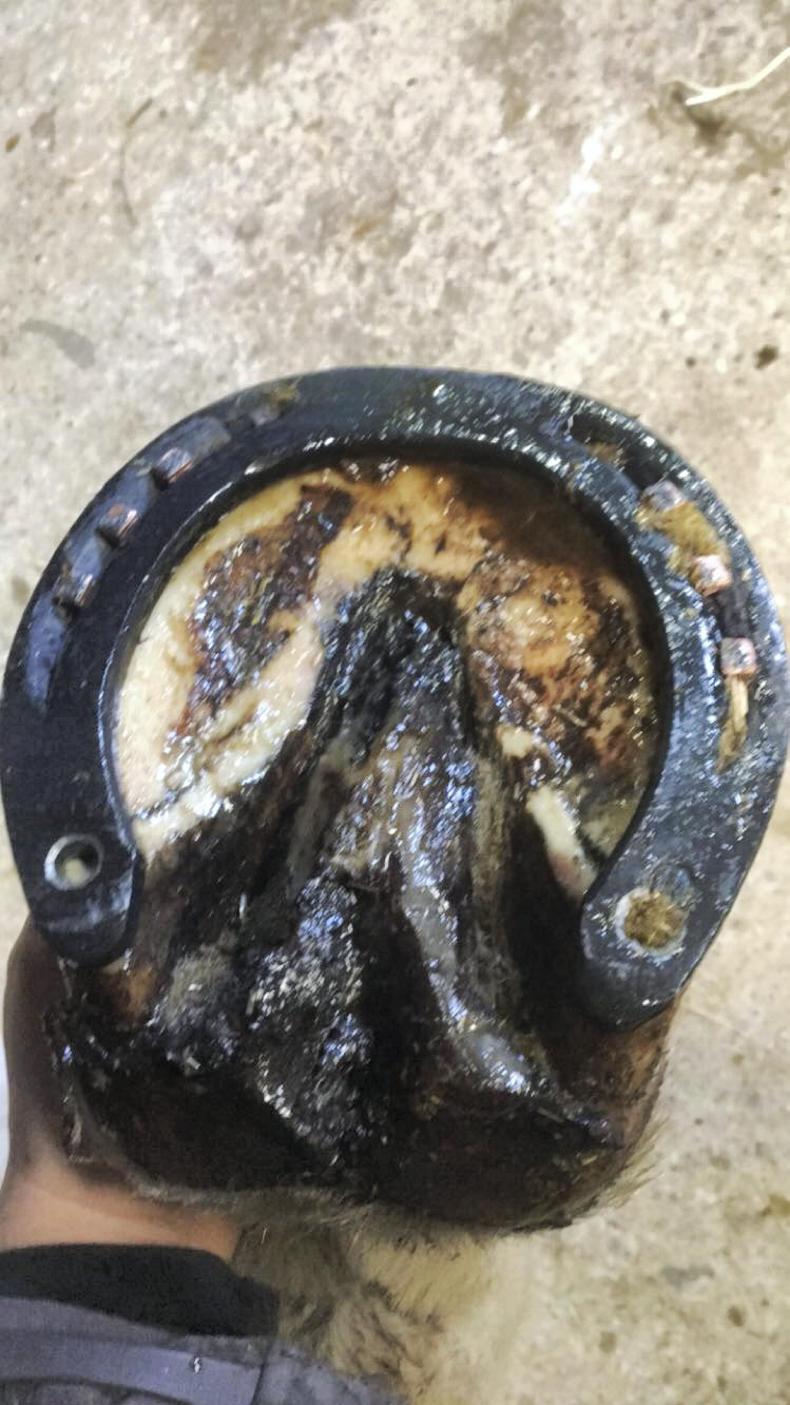


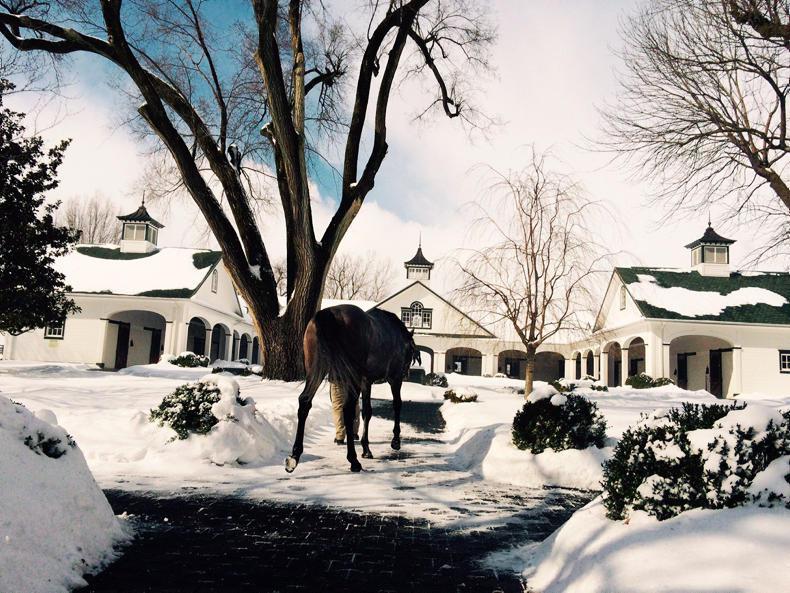


SHARING OPTIONS: